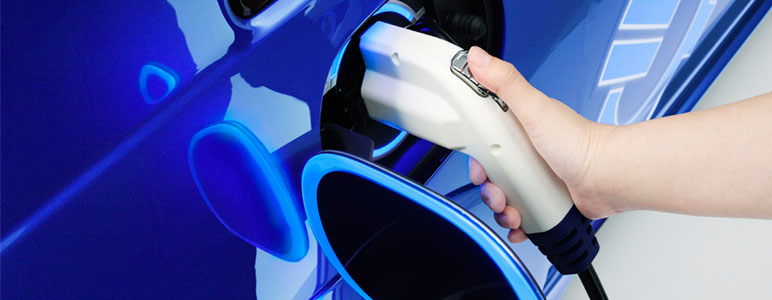


We’re pleased this year’s California legislative session produced major activity across the transportation spectrum. It closed in September with a flurry of bills that advance cleaner, greener transportation, giving us hope that we can expect equally significant efforts in the 2015 legislative session.
California continues to lead as an exemplar of best green transportation practices. This year, there were major activities in the plug-in electric vehicle (PEV) sector, as well as in the transit and rail sectors.
Cap-and-trade funds
With authorization of Senate Bill (SB) 862, $832 million from California’s cap-and-trade (C&T) program was allocated toward energy efficiency and greenhouse gas (GHG) reduction programs, with more than half of the funds set for distribution directly to the transportation sector. This commitment of C&T funds is a signal that the state will keep investments in transportation infrastructure at the forefront of efforts to combat climate change.
Other C&T funds were earmarked for programs related to key areas, such as transit-oriented development, transit capital and operations, and development of sustainable communities. Some will be used to pioneer the next generation of high-speed rail trains in California, intended to operate with 100% renewable energy. Some is allocated as a permanent revenue source for other low-carbon transit operations promoting greener and more sustainable rail and transit systems. Approximately $200 million is allocated to advance consumer and fleet PEV adoption.
Other key bills target greater equity in clean transportation. These include SB 1275, which created the Charge Ahead California Initiative and supports the state’s efforts to expand adoption of alternative fuel vehicles among lower and medium income families. SB 1204 will allocate future C&T dollars to expand medium- and heavy-duty vehicle technology demonstration projects with a focus on disadvantaged and underserved communities.
PEV support
Bills supporting PEV charging access in workplaces and multiunit dwellings also passed. Assembly Bill (AB) 2414 determined that PEV charging would not be considered as a gift of public funds, which will encourage the state to add more public charging infrastructure and motivate state workers (and others) to consider PEVs. AB 2565 requires owners of commercial or residential property to approve the installation of PEV charging stations under certain conditions and voids agreements that unreasonably restrict EV charging in a parking space.
There also have been efforts to continue to incentivize PEV adoption. Among these bills, AB 2013 extends the quantity of accessible high occupancy vehicle (HOV) lane stickers, AB 1721 gives PEVs access to high occupancy toll lanes at a toll-free or reduced rate and AB 1732 allows PEV dealers to refer to the Clean Vehicle Rebate Project in advertising campaigns. On a side note, CSE is proud to have been selected again as the administrator of the Air Resource Board’s Clean Vehicle Rebate Project for light-duty vehicles.
Other areas
Other transportation-related legislation promotes California’s green infrastructure, technologies and industries. SB 1183 creates a vehicle registration surcharge that can be levied to pay for a city’s bicycle infrastructure. AB 2389 establishes a "capital investment incentive program," which can be used to encourage creation of advanced manufacturing in California’s battery and transportation sector.
Overall, the past legislative session was a very active and productive year for transportation matters. Moving forward, we must continue down this path if we are to meet California’s GHG reduction goals and arrive at a clean energy future.

